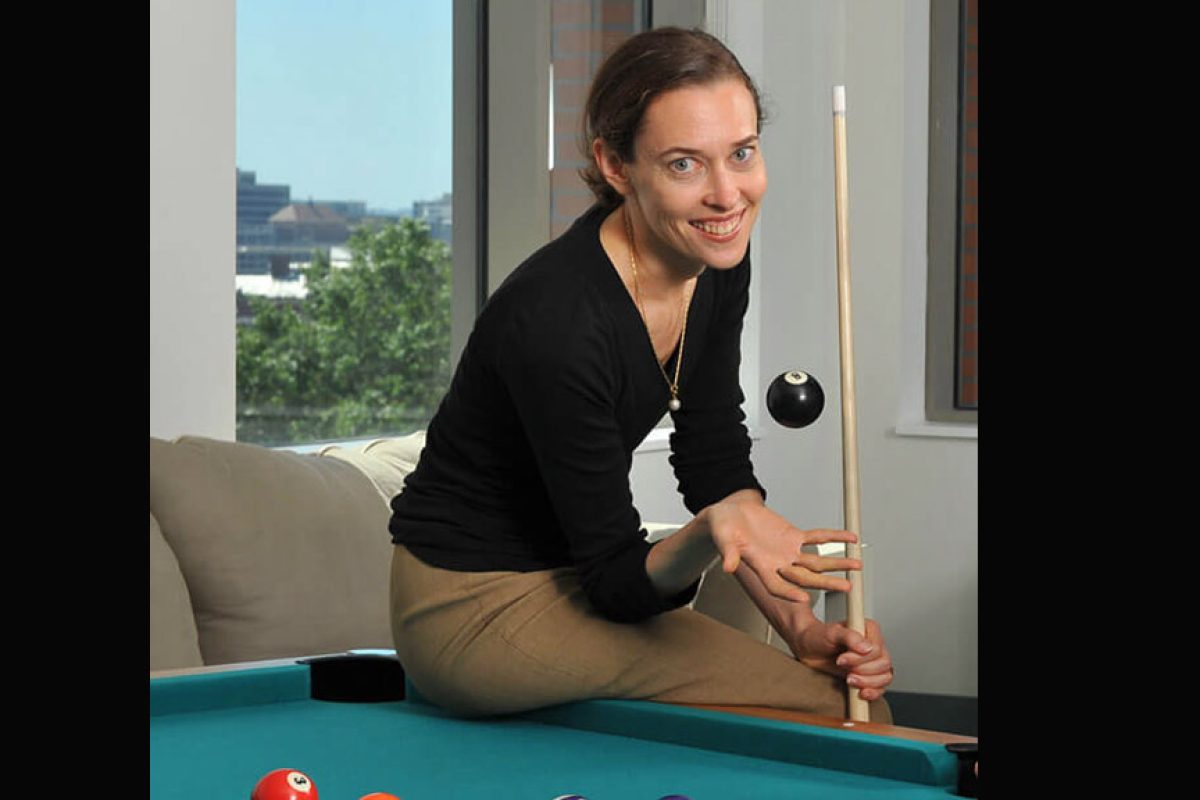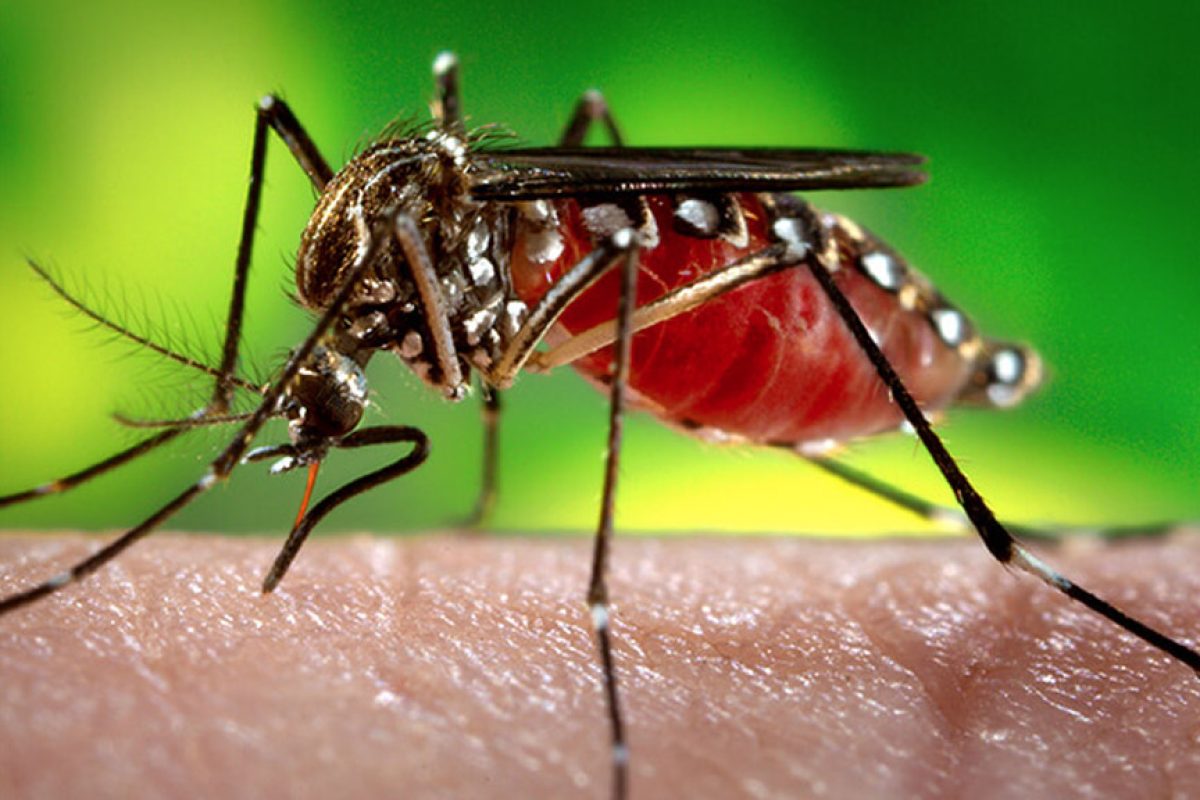EACH YEAR, BIRTH DEFECTS, TRAUMA OR SURGERY LEAVE SOME 200,000 PEOPLE IN THE UNITED STATES IN NEED OF REPLACEMENT BONES IN THE HEAD OR FACE. TRADITIONALLY, THE BEST TREATMENT REQUIRED SURGEONS TO REMOVE PART OF A PATIENT’S FIBULA, CUT IT INTO THE GENERAL SHAPE NEEDED AND IMPLANT IT IN THE RIGHT LOCATION. BUT THIS PROCEDURE NOT ONLY CREATES LEG TRAUMA BUT ALSO FALLS SHORT—BECAUSE THE RELATIVELY STRAIGHT FIBULA CAN’T BE SHAPED TO FIT THE SUBTLE CURVES OF THE FACE VERY WELL.

Cooking Up Bones.
This has led researchers like biomedical engineer Warren Grayson to look to 3-D printing, or so-called additive manufacturing, which creates 3-D objects from a digital\computer file by piling on successive, ultrathin layers of materials. The process excels at making extremely precise structures—including anatomically accurate ones—from plastic, but “cells placed on plastic scaffolds need some instructional cues to become bone cells,” says Grayson. “The ideal scaffold is another piece of bone, but natural bones can’t usually be reshaped very precisely.”









